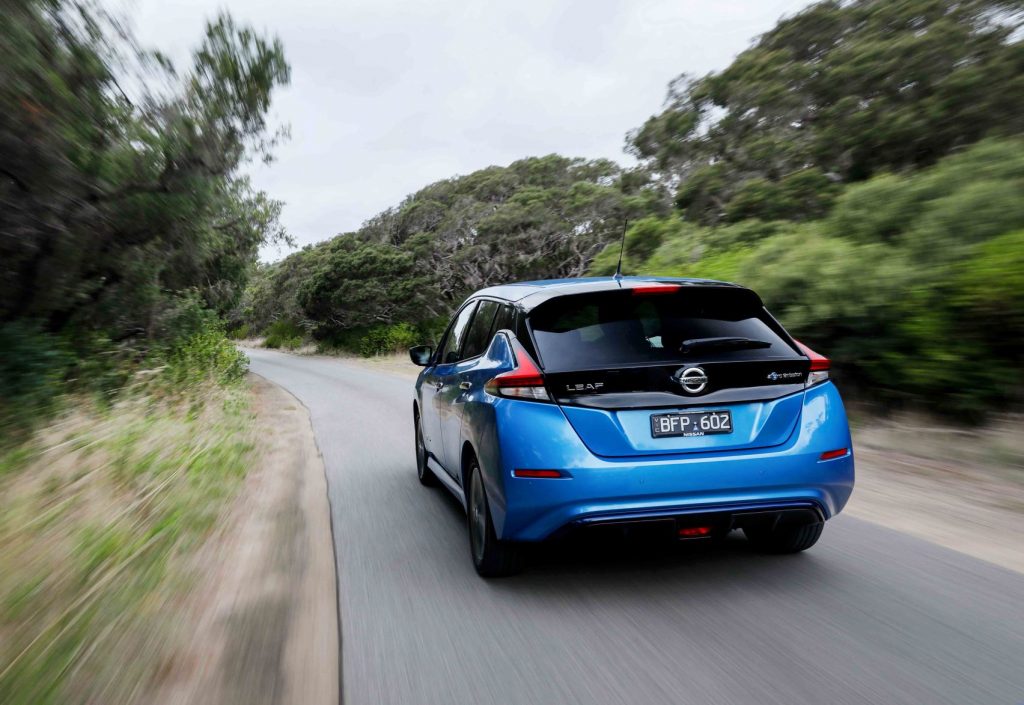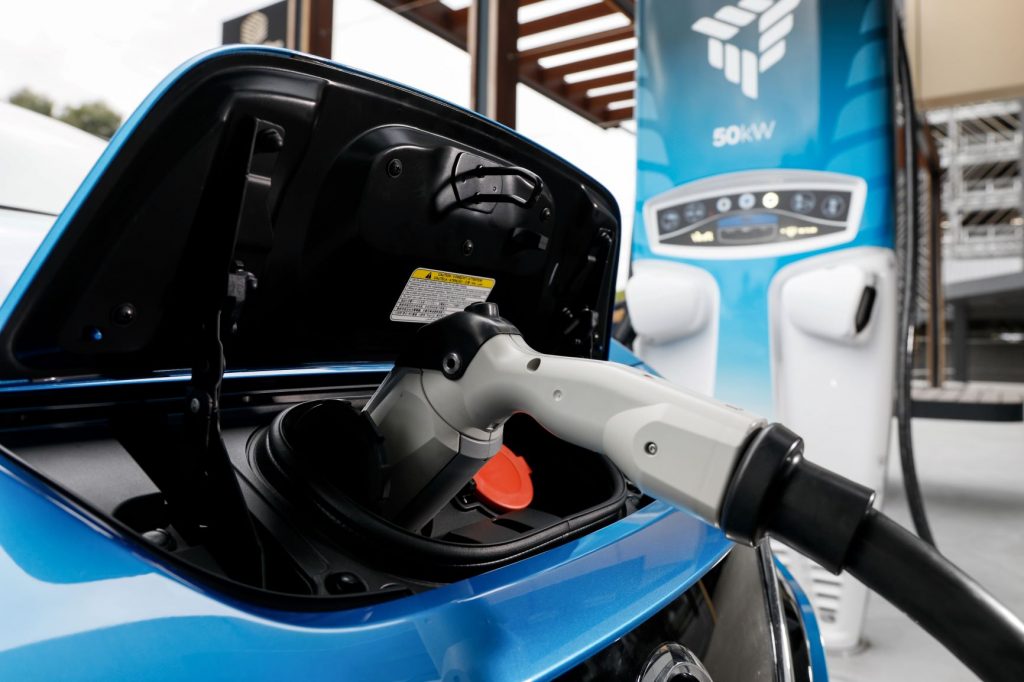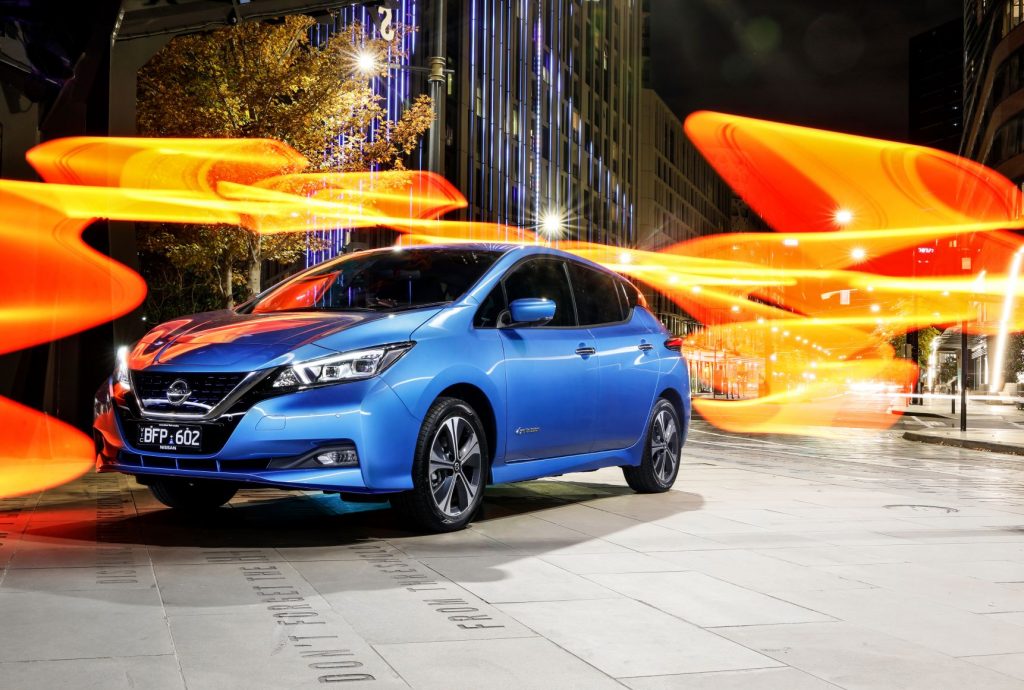IT MAY COME AS A SURPRISE to some (and certainly to our political masters) but a recent study by Nissan has discovered that European electric vehicle (EV) drivers are travelling an annual average of 630 more kilometres than drivers of internal combustion engine (ICE) cars.
To help further understand the driving experiences and perception of European motorists, the study reveals EV drivers are becoming trailblazers on European roads, totalling on average more than 14,200km yearly.
Compared to their ICE driver counterparts, who are averaging 13,600km, this new research foresees a bright future for sustainable mobility.
Ahead of World Environment Day on Saturday 05 June, designed to encourage worldwide awareness and action to protect our environment, these findings present electric mobility and its environmental benefits as a key driver in helping to tackle ecological challenges.
“This research reiterates that electric driving is not only a smart option beneficial to the environment but also a fun, exciting and convenient choice for the owners. It is no surprise that people now drive EV further than ICE cars. We are confident that with more EV on the road dispelling myths, range anxiety will soon be in the past,” said Arnaud Charpentier, Region Vice President, Product Strategy and Pricing, Nissan AMIEO.

Going the distance
Of the European EV drivers surveyed, Italian electric drivers travel the furthest, averaging more than 15,000km yearly closely followed by those in the Netherlands (14,800km), demonstrating that those who have already made the switch feel at ease behind the wheel of zero-emission motors.
Reassuringly, the majority (69 percent) of European EV drivers are happy with the current charging infrastructure available. Likewise, almost a quarter (23 percent) say the most common myth surrounding EV driving is that the current charging infrastructure cannot cope, indicating high satisfaction in existing EV drivers, and a positive opportunity for future adopters.

Switching-on
Almost half (47 percent) of European ICE drivers say the main advantage of a petrol or diesel car is greater range autonomy. Likewise, when looking into the reasons behind the 30 percent of European ICE drivers who are unlikely to consider a fully electric vehicle, the majority (58 percent) said the biggest concern is that EVs have low driving range autonomy.
Further exploration into factors that would convince drivers to switch unsurprisingly reveal:
- 38 percent of ICE drivers in Europe believe the biggest pull-factor would be greater range
- 32 percent of European ICE drivers would be drawn by ease of charging.
- 30 percent note having a better charging infrastructure would persuade them to switch.
However, despite these results, drawing comparison with those who have already converted to an electric car, EV drivers confidently counteract these fears. Seventy percent of existing European EV drivers note their experience of range has been better than they expected. These findings serve as a strong indication to ICE drivers that range should not be a deterring factor for switching to an EV.
“With EVs on the cusp of wide-spread adoption, we can be confident these positive findings should help change the opinion of the ICE drivers for whom a degree of range anxiety is still preventing them from converting to electric mobility,” continued Arnaud.

Distorted reality
The survey also uncovers a strong disconnect surrounding charging and infrastructure from those EV drivers who currently utilise the facilities, and the impression of those ICE drivers yet to benefit from them, highlighting starkly different viewpoints.
- 56 percent of European ICE drivers who are not considering an EV believe there are not enough charging points
- 56 percent think they are more expensive to buy than their petrol/diesel equivalent
- 48 percent suggest there is not enough public charging infrastructure.
However, over a quarter of European EV motorists say that running out of charge (28 percent), charging time (30 percent) and EVs being expensive (31 percent) are amongst the biggest myths of EV driving, implying that charging and infrastructure are sufficiently developed.
These findings are quite surprising and indicate, in Europe at least, acceptance of EVs is moving forward with increasing pace. The situation in Australia, however, is quite different, especially when it comes to subsidised purchase and ownership and the slow installation of necessary infrastructure.
We’d like to say we can see signs of change, but resistance to EVs in Australia shows little sign of being overcome, and financial support is, at best begrudgingly offered and poorly thought-through.
As for plans to penalise EV users, the less said the better.
